Overview
Chinese Name: 庐山,匡山,匡庐
English Name: Lushan Mountain, Lushan, Mount Lu, Kuangshan, Kuanglu
Location: Jiujiang City, Jiangxi Province
Type: Natural landscape
Rating Level: AAAAA (5A)
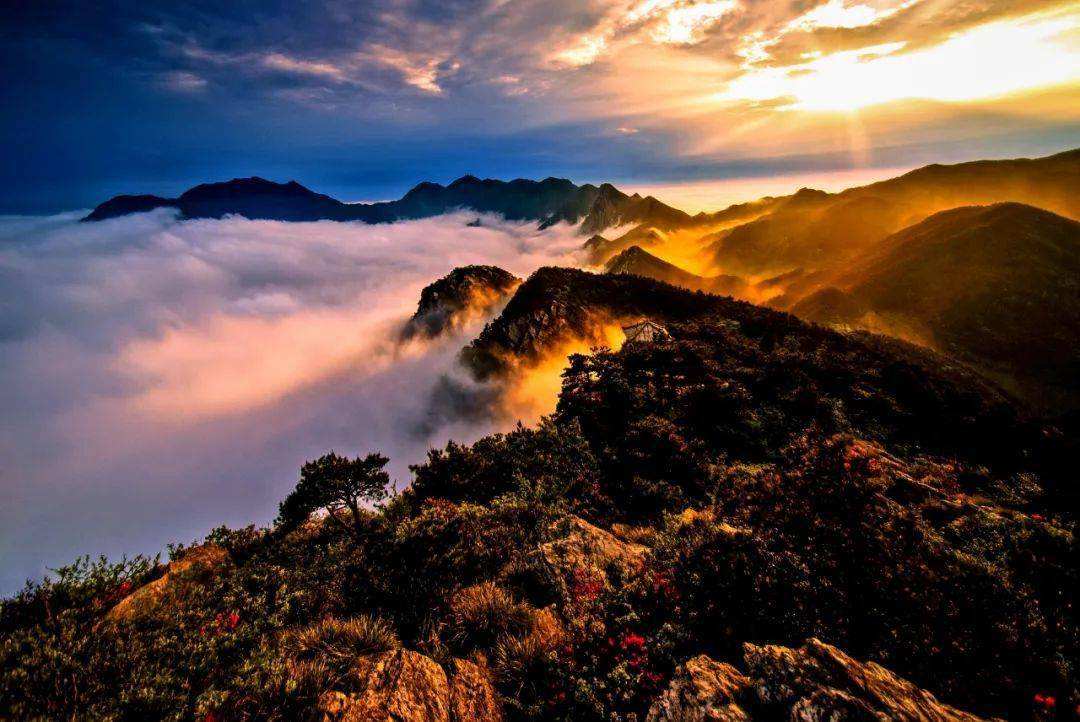
Brief Introduction
Lushan Mountain庐山 is also known as “Kuangshan”匡山 and “Kuanglu”匡庐, located in the Jiujiang City, Jiangxi Province with the Yangtze River in the north and the Poyang Lake鄱阳湖 to the east. It is about 25 kilometers long and 20 kilometers wide, with a total area of 302 square kilometers. The mountain has more than 90 peaks, of which the highest peak, the Hanyang Peak汉阳峰, is 1,474 meters above sea level.
Lushan Mountain is known for its grandeur, steepness, and beauty and is a prominent tourist attraction with praise as “the most beautiful mountain under heaven.”
Mount Lushan was awarded the first batch of national scenic spots by The State Council and it was listed as a World Cultural Heritage, a UNESCO Global Geopark, one of the top ten famous mountains in China. On March 7, 2007, it was rated as a national AAAAA level tourist attraction.
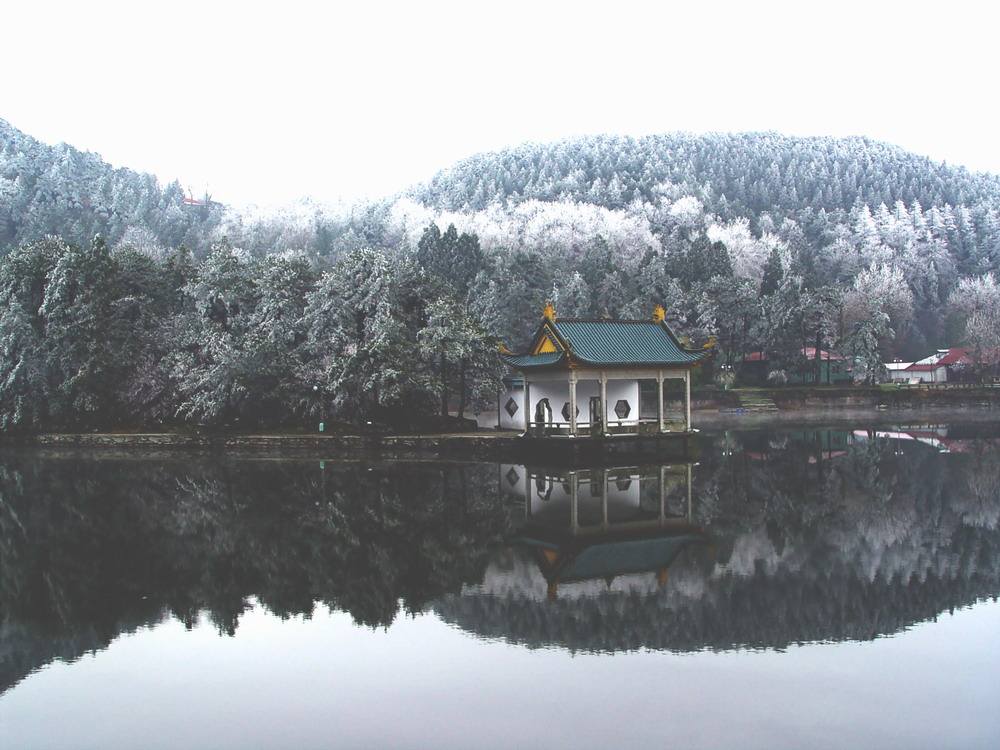
Lushan is rich in wild animals and rare animals. 33 species of mammals and 171 species of birds are known. Poyang Lake at the foot of Lushan also has a world-famous migratory bird reserve. The rare animal leopard is distributed at the top of the mountain. There are more than 2000 species of insects here and 139 species of fish in Poyang Lake.
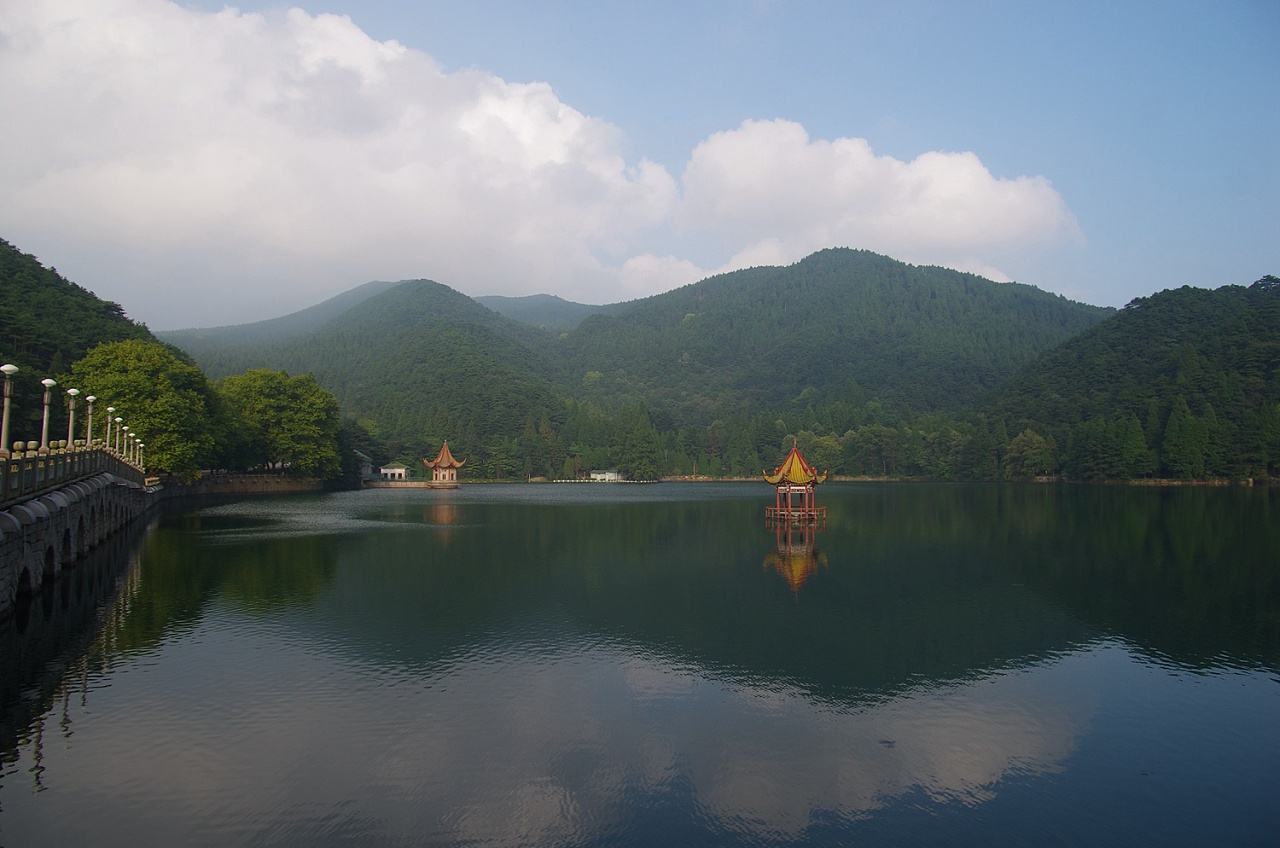
According to the World Heritage Committee evaluation, Lushan Mountain is one of the spiritual centers of Chinese civilization. Buddhist and Taoist temples, along with landmarks of Confucianism, where the most eminent masters taught, blend effortlessly into a strikingly beautiful landscape which has inspired countless artists who developed the aesthetic approach to nature found in Chinese culture.
Lushan especially in a midsummer spring-like cool climate for tourists yearning is a prestigious scenic spot and summer resort.
What is worth to visit and see?
Main attractions
There is fantastic natural beauty including running waterfalls and brooks, changeable fogs and mists, sheer peaks and precipices as well as a comfortable climate. A strong historical inheritance and deep cultural roots make it a culturally sacred mountain.
Popular attractions in Mount Lu include the Immortal Caverns仙人洞, Meilu Outhouse 美庐别墅, Five Old Man Peaks五老峰, White Deer Cavern Academy白鹿洞书院, Three Tiled Springs 三叠泉, Luling Lake 芦林湖, Lushan Hot Springs庐山温泉, Botanical Gardens 植物园, the Bamboo Temple 竹山寺, Guanyin Bridge 观音桥, Peach Blossom Garden 桃花源and many more.
The most famous waterfall on Mount Lu is Three Tiled Springs 三叠泉 which name is a reference to the fact that the waterfall spills over three glaciation-formed, natural terraces, en route to the pool below. It is known as the first wonder in Lushan with a 155-meter high waterfall drop. Countless men of letters have written similar poems to praise the waterfall of Lushan. Libai, a famous poet in the Tang Dynasty, recorded the following description of the waterfall in Lushan.
CATARACT ON MOUNT LU 望庐山瀑布
The sunlit Censer perk exhales a wreath of cloud; 日照香炉生紫烟,
Like an upended stream the cataract sounds loud;遥望瀑布挂前川。
Its torrent dashes down three thousand feet from high;飞流直下三千尺,
As if the Silver River fell from the azure sky.疑是银河落九天。
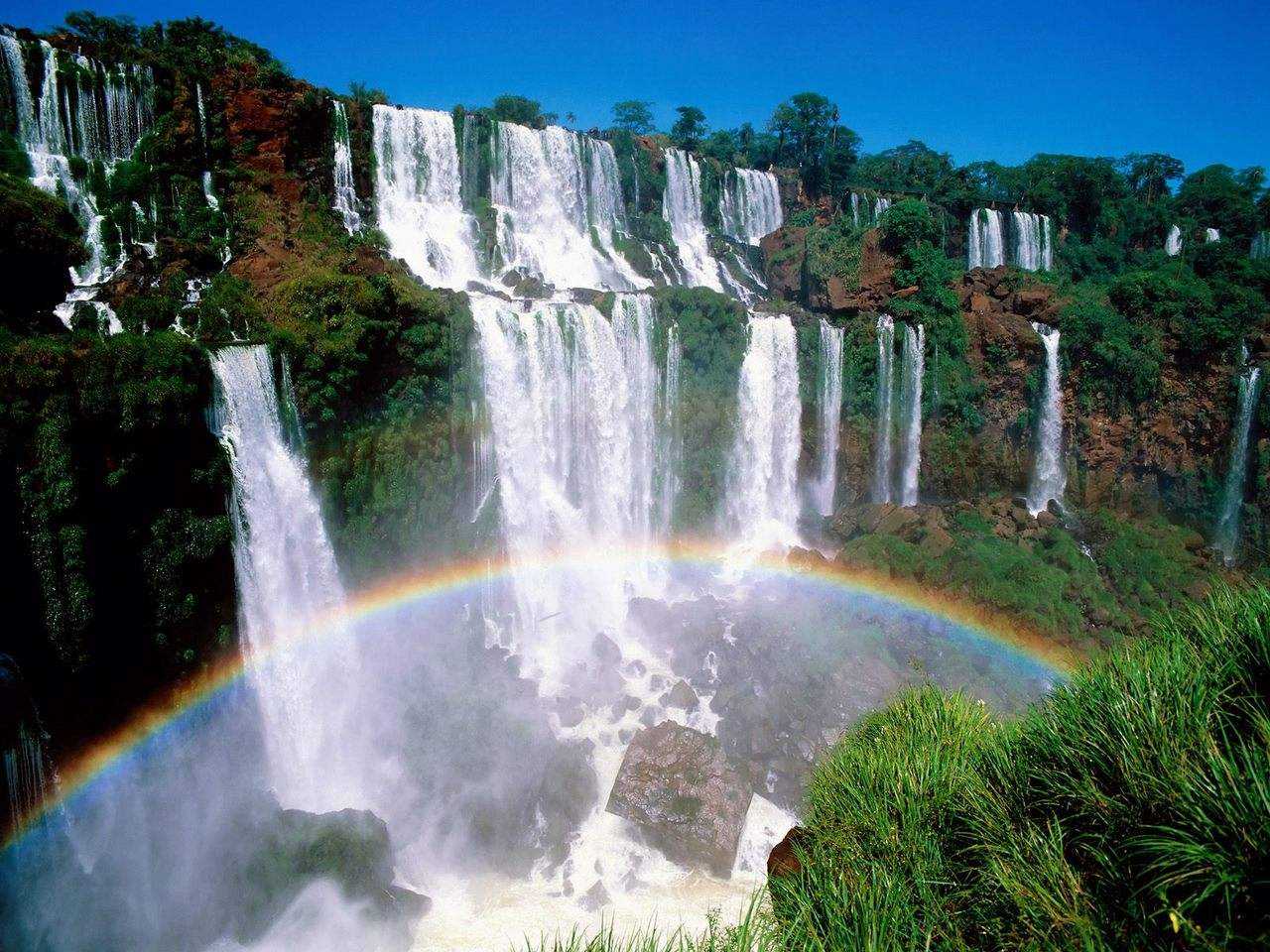
As for the main peak of Lushan mountain, Five Old Man Peaks五老峰 is located on the southeast side of Lushan mountain, 1436 meters above sea level. Because the peak of the mountain was broken by the pass and divided into five parallel peaks. They look like five old men sitting on the floor, hence it got the name. Lushan Five Old Man Peak is beautiful, we can overlook the scenery below when climbing this peak.
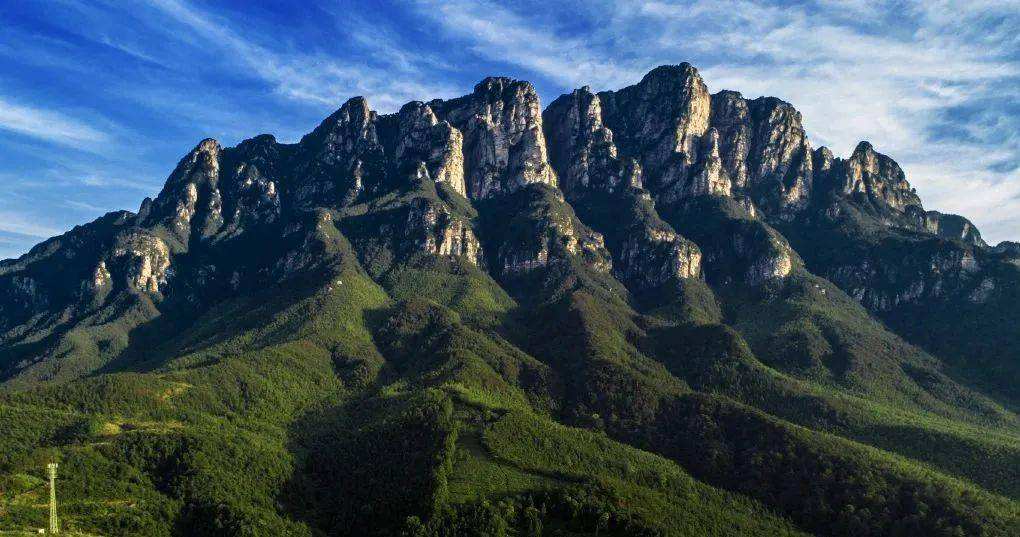
Lushan Meilu庐山美庐 is an excellent representative of Lushan Villa. It is located in the south of the West Valley area of Lushan Mountain at an altitude of 1174 meters. It is the house where the top leaders of the two parties have lived together.
The contents displayed here are mainly composed of three parts: one is the retained items of Meilu; The second is the historical photos and objects of the national government officials’ political activities in the “Summer capital”; The third is the history of Guling牯岭 and the photos of Lushan scenic spots taken in the 1930s.
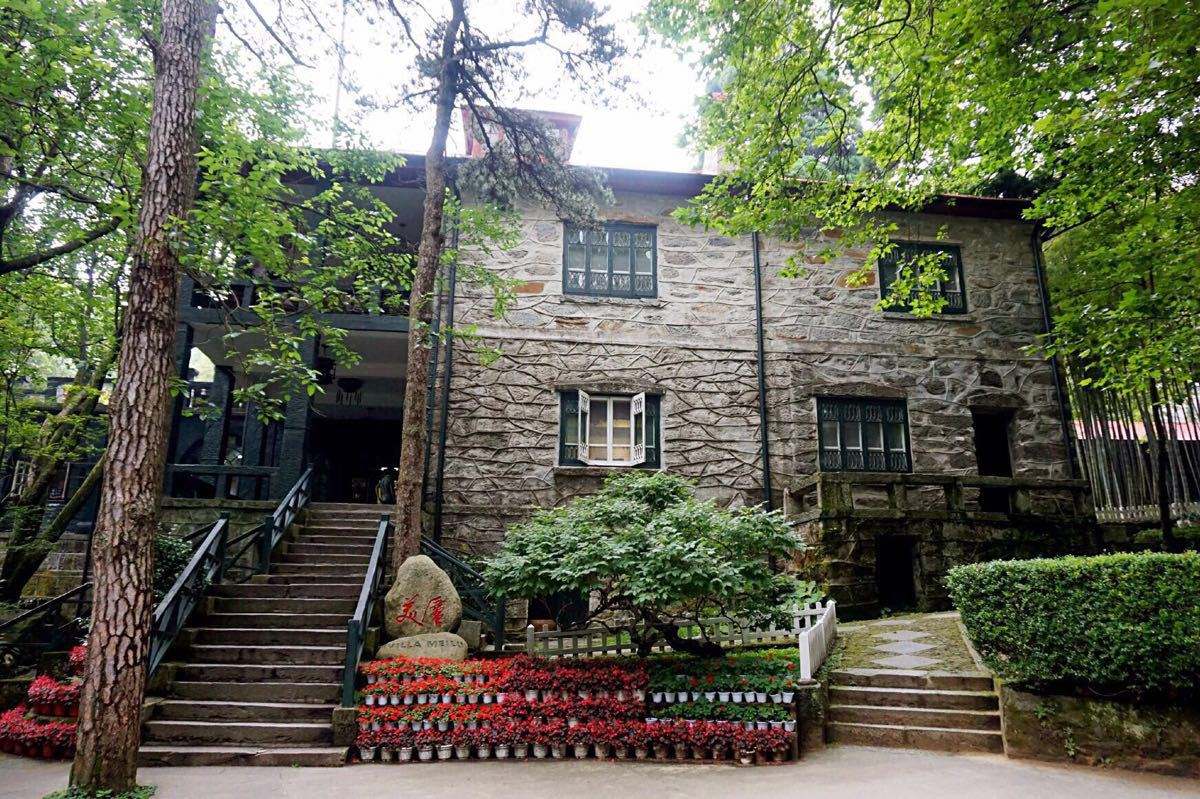
Culture
Mount Lushan boasts beautiful scenery and profound cultural connotation. It is a famous mountain for education, culture, religion, and politics.
Tao Yuanming took Kangwang Valley康王谷 on Lushan Mountain as the cultural background, and created a Story of Peach Blossom Land, brimming with utopian idealism. The Travel of the Peach Blossom Spring桃花源记 is prose in Tao Yuan Ming Ji陶渊明集, but it is also fiction in Sou Shen Hou Ji搜神后记.
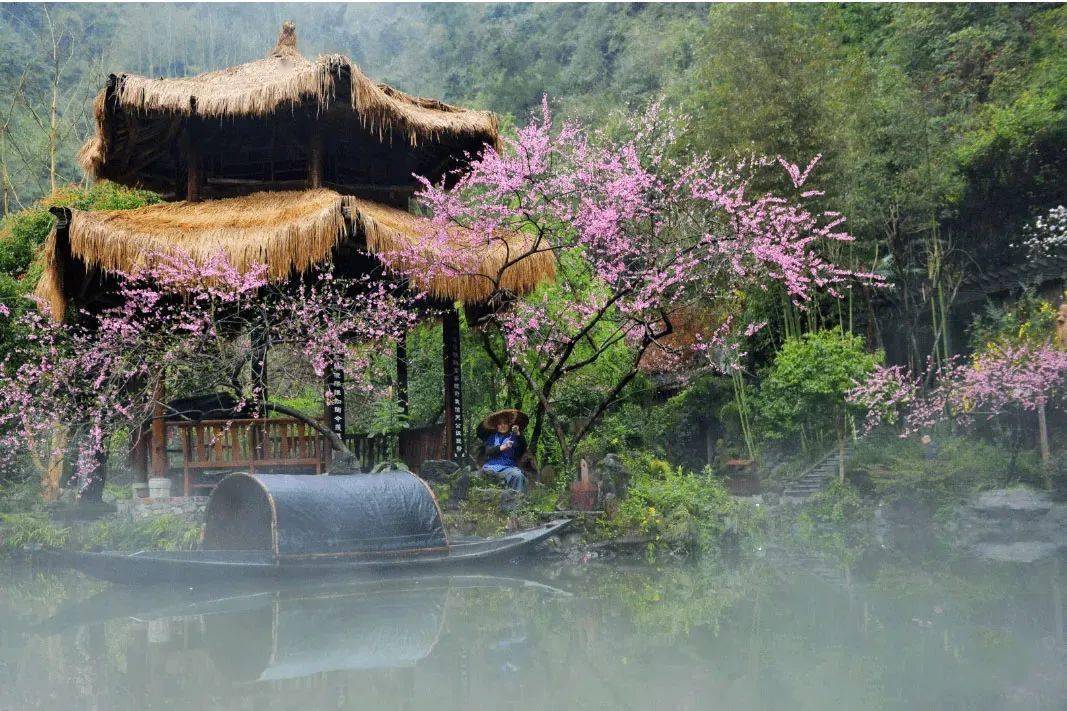
White Deer Cavern Academy白鹿洞书院, which is on the southern foot of Lushan, is the top of four famous Confuscious academies of ancient China. Here he pioneered lecture-style education in China. Taking the traditional political ethics of Confucianism as the pillar, he established a huge system of “Neo-Confucianism”. Since then, “Neo-Confucianism” became the Juche ideology of Chinese feudal society and influenced the course of Chinese history for 700 years.
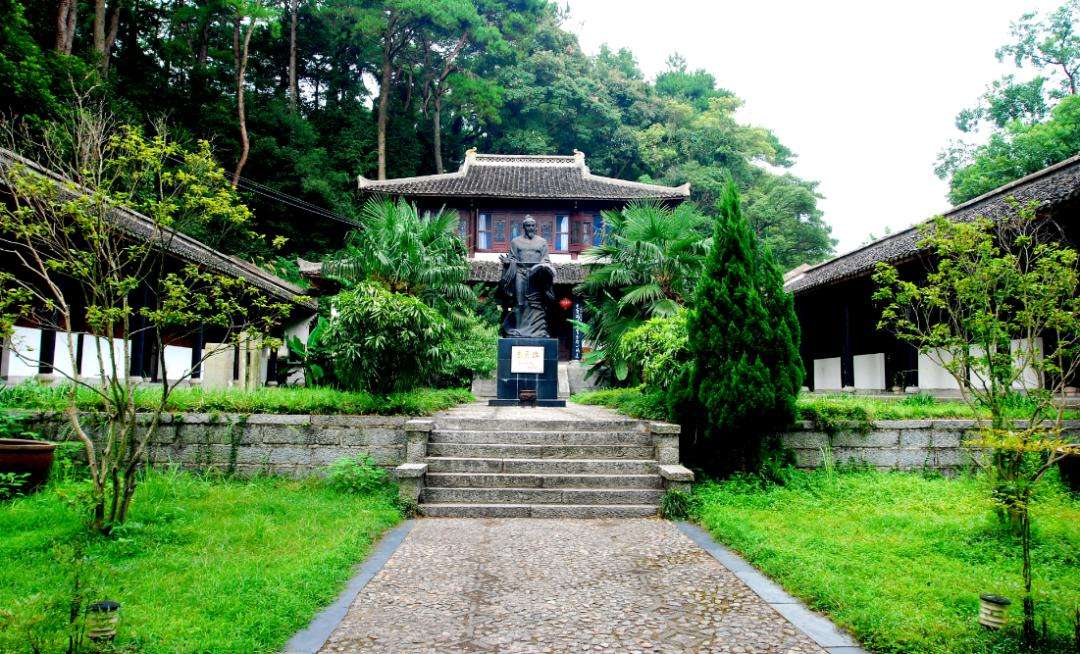
Love Story in Lushan Cinema庐山恋电影院 has been insisting for 35 years for 365 days a year for 24 hours a day repeated screening of Love on Lushan Mountain庐山恋, which has never been interrupted since the 1980s. Love on Lushan Mountain was included in the Guinness World Records, which said it is ” the most times of perennial repeated screening in the same cinema” in the world. Love on Lushan Mountain and cinema have also become a new symbol and a new landmark landscape of Lushan Mountain.

It also has a long historical tea and spring water. Lu Yu, “the saint of tea”, ranked the Gulianquan Spring of Lushan Mountain No. one in China. Lushan Cloud and Fog Tea is a famous traditional green tea and one of the top ten famous in China.
iI bought old painting i did not know what mountain was called now i find out its mt lushan now i will go there to have a look very beautiful thankyou